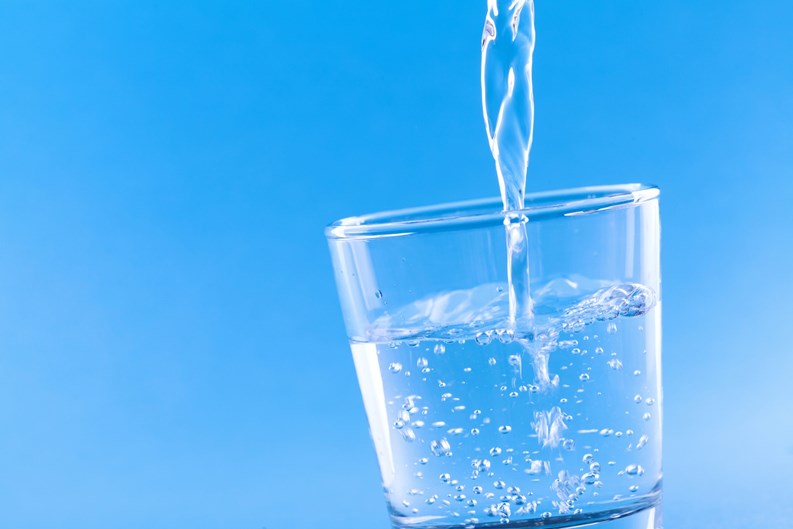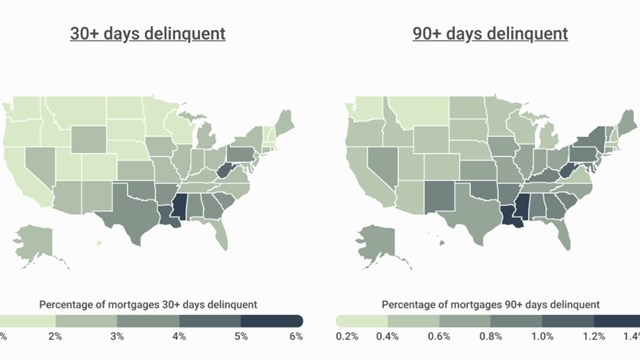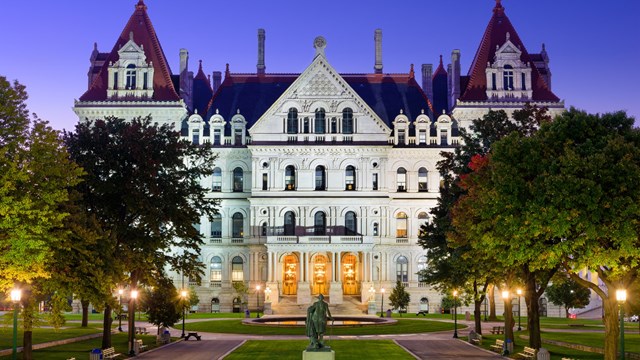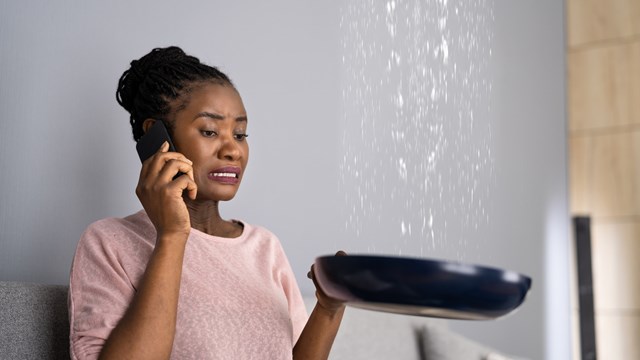As cities and states begin the measured process of reopening and (hopefully) restarting their economies after the initial shock of the coronavirus pandemic, the boards and managers of multifamily buildings are doing the same -- and running into unanticipated challenges. Among those is the matter of how to restart utilities in amenities and other shared spaces that may have been unused or barely used for months.
Of particular concern is water safety. According to guidelines released by the Centers for Disease Control & Prevention (CDC) in early May, “The temporary shutdown or reduced operation of a building, and reductions in normal water use can create hazards for returning occupants. Two potential microbial hazards that should be considered prior to reopening after a period of inactivity are mold and Legionella (the cause of Legionnaires’ disease).”
The CDC says that the 'prolonged period' of reduced or no use that can give mold a foothold in pipes and other plumbing apparatus can be "days, weeks, or months, depending upon building-specific factors, season, and weather variables.” For Legionella, the growth period is a bit longer, “depending on plumbing-specific factors, disinfectant residuals, water heater temperature set points, water usage patterns, and preexisting Legionella colonization.” The release also pointed out that “additional hazards...may exist for returning occupants. These can include other microbial hazards, such as non-tuberculous mycobacteria, changes in water chemistry that lead to corrosion, leaching of metals (such as lead) into stagnant water, disinfection by-products, and sewer gases that enter buildings through dry sanitary sewer drain traps.”
According to Patrick Verwys, Executive VP of Triple Clear Water Solutions, a filtration specialist based in Needham, Massachusetts, “Buildings that were closed or operating at reduced occupancy for the last few months due to coronavirus restrictions create the perfect environment for bacteria and metal contaminants to infiltrate commercial plumbing systems.” For that reason, “In addition to establishing social distancing guidelines and new office procedures,” says Verwys, “we advise business owners, building managers and real estate developers to seriously consider implementing water safety procedures prior to reopening to keep their employees, tenants and customers safe.”
“Under-used or reduced-capacity water systems often lead to stagnant water in distribution channels and within buildings,” says Michael Fehr, PhD, co-founder of Fehr Solutions LLC, a water treatment service and consulting firm based in Geneva, Illinois. Mold and Legionella are the big worries, he agrees, but adds that “Increased levels of metal contaminants like iron and lead due to corrosion from older pipes [can also be] caused by stagnation. I strongly urge businesses reopening to have a plan for restoring their water systems, follow the CDC guidelines and consider adding water filtration systems that demonstrate removal of bacterial contaminants...at point of entry or point of use.”
The Environmental Protection Agency (EPA) concurs. According to a recent paper published on the agency’s website (epa.gov) “Building and business closures for weeks or months reduce water usage, potentially leading to stagnant water inside building plumbing. This water can become unsafe to drink or otherwise use for domestic or commercial purposes. EPA recommends that building owners and managers take proactive steps to protect public health by minimizing water stagnation during closures and taking action to address building water quality prior to reopening.”
Fehr and Verwys recommend taking the following steps as your building begins to reopen any shared amenities with running water, such as clubhouses, meeting rooms, or similar spaces:
Start planning early. When reopening a space, a systematic building flush should begin at least five days before your planned opening.
Do a full audit of the property. This includes checking the status of all domestic water and mechanical equipment, understanding the building occupants, and reviewing their plan to re-occupy.
Do a risk analysis at the full building level. Now is the time to test, test, test – it’s crucial to understand where the concerns lie building-wide so that you can address any issues before reopening.
Consider installing or updating filtration with the ability to remove biological hazards and other contaminants. At a time when there are many unknowns, installing a filter at the point of entry or point of use delivers peace of mind, acting as a firewall and first line of defense against harmful contaminants.
Keep your records updated at the building level. Flow rates, water temperatures, treatment cycles, and filter maintenance are just a few areas to target when updating your team’s water management program.
Flush the System
The CDC’s recommendations include (but are not limited to):
1. After a building is reopened and occupied, routine (e.g., weekly) checks of the HVAC system are recommended to ensure operating efficiency
2. Ensure your water heater is properly maintained and the temperature is correctly set.
3. Flush your water system. Flush hot and cold water through all points of use (e.g., showers, sink faucets); Flushing may need to occur in segments (e.g., floors, individual rooms) due to facility size and water pressure. The purpose of building flushing is to replace all water inside building piping with fresh water; Flush until the hot water reaches its maximum temperature; Care should be taken to minimize splashing and aerosol generation during flushing. Other water-using devices, such as ice machines, may require additional cleaning steps in addition to flushing, such as discarding old ice. Follow water-using device manufacturers’ instructions.
4. Clean all decorative water features, such as fountains. Be sure to follow any recommended manufacturer guidelines for cleaning; Ensure that decorative water features are free of visible slime or biofilm; After the water feature has been refilled, measure disinfectant levels to ensure that the water is safe for use.
5. Ensure cooling towers are clean and well-maintained
6. Maintain your water system. Consider contacting your local water utility to learn about any recent disruptions in the water supply. Follow your water management program, document activities, and promptly intervene when unplanned program deviations arise.
For the CDC’s full recommendations for ensuring water safety during and after the reopening process, click here: Checklist: Restoring Water Quality in Buildings for Reopening (PDF). Additional guidance on building plumbing during the COVID-19 pandemic can also be found at Purdue’s Center for Plumbing Safety.










Comments
Leave a Comment